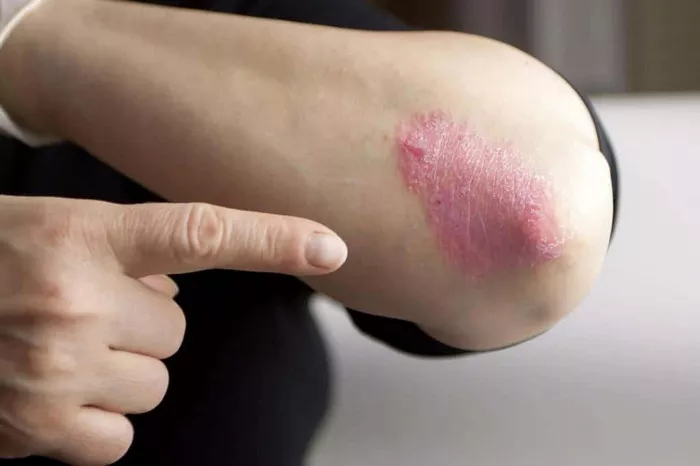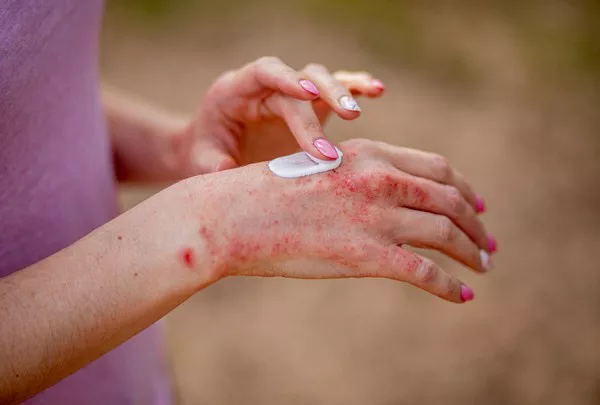A recent review of biologic therapies for pediatric psoriasis by Dr. Laura E. Melnick, an assistant professor of clinical dermatology at Weill Cornell Medicine, has been published in the July edition of Dermatologic Clinics. This review highlights significant advancements in treatment options for children suffering from moderate-to-severe psoriasis.
Dr. Melnick and her team emphasize that biologic therapies are increasingly considered a promising alternative for pediatric patients, offering substantial quality-of-life improvements over traditional topical treatments. Furthermore, adherence rates are notably higher with biologic agents.
Here are nine key takeaways from their review:
1. FDA and EMA-Approved Biologics: Five biologic drugs have been approved for treating pediatric psoriasis by either the U.S. Food and Drug Administration (FDA) or the European Medicines Agency (EMA). These include Enbrel (etanercept), Humira (adalimumab), Stelara (ustekinumab), Cosentyx (secukinumab), and Taltz (ixekizumab). Notably, while the EMA has approved Humira for children aged 4 and older with plaque psoriasis who have not responded to topical treatments or phototherapy, this approval does not extend to the U.S. FDA, though Humira is approved for other pediatric conditions such as juvenile idiopathic arthritis and Crohn’s disease.
2. Biologics in Development: Six additional biologics are currently under development for pediatric psoriasis. These include guselkumab (Tremfya), risankizumab (Skyrizi), certolizumab pegol (Cimzia), apremilast (Otezla), tildrakizumab (Ilumya), and deucravacitinib (Sotyktu). Studies for guselkumab and risankizumab are expected to conclude next year, potentially making them the first new biologics considered by the FDA for pediatric use.
3. Focus of Ongoing Studies: Current research on biologics includes trials for adolescents aged 12 to 17 years old, focusing on guselkumab, risankizumab, certolizumab pegol, and deucravacitinib. Apremilast and tildrakizumab studies are also enrolling younger children aged 6 to 11 years, in addition to adolescents.
4. Lack of Guideline Preferences: There are no established guidelines favoring one biologic over another or one class of biologics over another. Treatment decisions are thus made based on the specific clinical context of each patient.
5. Needle Phobia Considerations: Given that children and infants may have a higher fear of needles, biologics with less frequent dosing might be preferred. Stelara, the only interleukin-12 and interleukin-23 inhibitor among the currently approved options, offers less frequent dosing compared to interleukin-17 inhibitors like Cosentyx and Taltz.
6. Obesity and Cardiovascular Concerns: Pediatric psoriasis is often associated with obesity. Tumor necrosis factor alpha inhibitors, such as Enbrel and Humira, have shown potential cardioprotective effects in adults. However, it remains unclear whether these effects extend to children, as this has not yet been studied.
7. Vaccination Guidelines: Many biologic agents are contraindicated with live vaccines, including those for measles, mumps, rubella (MMR), rotavirus, and chickenpox. Guidelines recommend administering these vaccines two to four weeks before starting biologic therapy or waiting three months after discontinuing treatment.
8. Biologics and Quality of Life: Patients undergoing treatment with biologics report enhanced quality of life compared to those using traditional topical therapies. This improvement is attributed to the greater efficacy of biologics in managing moderate-to-severe psoriasis.
9. Adherence Rates: Biologic therapies have demonstrated higher adherence rates among patients, reflecting their effectiveness and the preference for these advanced treatments over older, less effective options.
Dr. Melnick’s review underscores the evolving landscape of psoriasis treatment and highlights the potential for biologics to transform care for pediatric patients.
Related Topics:


























